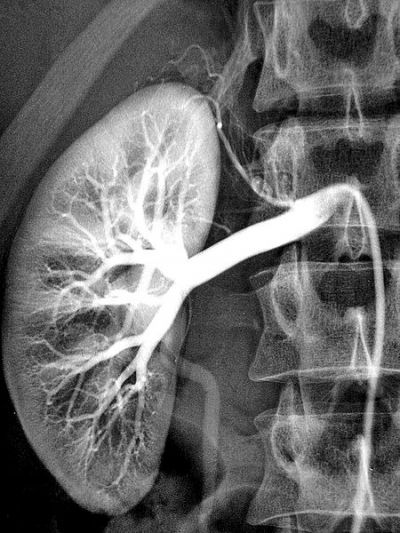Chronic kidney disease will affect one in ten of us at some point in our
lives. For those of us unlucky enough to suffer renal failure as a
result, the health consequences can be disastrous.
Without treatment kidney failure is deadly. However, even the best
treatments are not ideal. Patients have to be treated with a dialysis
machine at home or in hospital, sometimes as often as once every four
hours. Patients spend a large part of their lives connected to dialysis
equipment. What’s more, the life expectancy of a person in their 20s who
has suffered kidney failure is just 20 years, unless they’re lucky
enough to receive a donated organ.
All this could change, however. An EU-funded research consortium has
been developing a wearable artificial kidney that would make it
possible for dialysis patients to lead a more full and active life while
adding another 10 to 16 years to their life expectancy.
The future of wearable dialysis
The NEPHRON+ WAKD (Wearable Artificial Kidney Device) is currently
undergoing animal trials and will have to pass several rounds of
stringent tests in humans before it is ready to be used by all patients
with kidney disease. However, the project has reached a stage where
commercial partners are ready to take the technology to the next stage.
With kidney failure rates on the rise and pressure on hospitals to find
more cost effective and clinically effective treatments, the market for
wearable dialysis devices could be worth as much as a €15 billion per
year, according to Dr Leonidas Lymberopoulos, project coordinator.
The advantages of wearable dialysis
The NEPHRON+ system works like a conventional dialysis machine,
taking the patient’s blood and passes it through a number of filters,
removing waste products that would be excreted in a healthy patient’s
urine and making sure that the patient’s blood pressure stays at a safe
level. The patient can see the monitored data via their smartphone.
What’s more, the data can be sent to the patient’s specialist doctor, so
that their condition can be monitored at all times. But the wearable
device will reduce the chance that a patient has to go to hospital for
emergency treatment as constant dialysis is much more effective than
intermittent treatment.
Frank Simonis, technical manager of NEPHRON+ explains: "Continuous,
24/7 dialysis with a wearable device offers a smooth and uniform
extraction of toxins over the day similar to the natural kidney. This
improves the health condition tremendously and eliminates the 'after
dialysis sickness syndrome' that many patients suffer from."
Dr Lymberopoulos suggests that the cost of caring for a patient with
kidney disease will fall due to the reduction in the need for
prescription medicine, nursing staff and installation costs. Cost
savings in medical care are expected to €15.000-20.000/patient/year.
With 340.000 patients in Europe this implies an annual saving of €5-7
billion.Most
importantly, explains Ms Anastasia Garbi, former project leader, "the
patient can now lead a more normal life, working and exercising without
the regular long visits to the hemodialysis centers".
NEPHRON+ received research funding under the European Union's Seventh Framework Programme (FP7).
Link to project on CORDIS:
-
FP7 on CORDIS
Link to project's website:
-
'ICT enabled Wearable Artificial Kidney and Personal Renal Care System' website
Other links:
-
European Commission's Digital Agenda website
